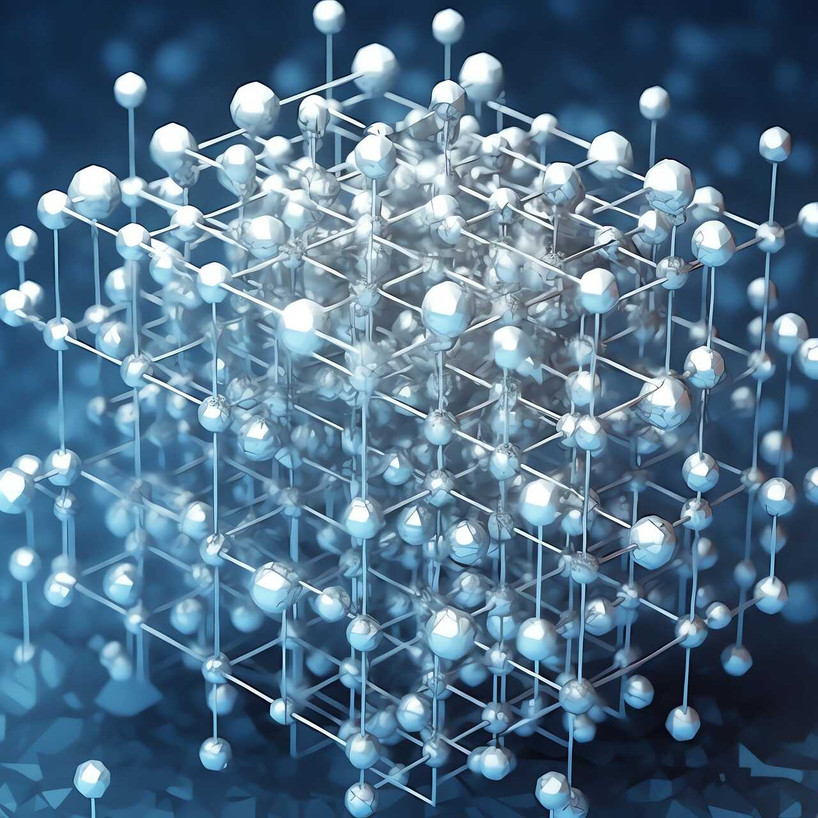Aluminum, the versatile steel that permeates our daily lives, has an adventure of transformation that is as charming as its miles complex. From its humble beginnings as bauxite ore buried below the Earth's surface to the brilliant, lightweight material redecorating our automobiles, planes, and buildings, the system of aluminum production is a testimony to human ingenuity and technological development.
Unearthing Bauxite: The Starting Point
The journey of aluminum starts deep in the Earth's crust, wherein great reserves of bauxite ore lie in wait. Bauxite is typically composed of hydrated aluminum oxides, along with diverse impurities which include iron oxides, silica, and titania. It is usually determined in tropical or subtropical regions, frequently in nations like Australia, Guinea, and Brazil.

Refining Bauxite into Alumina
Once the bauxite ore is mined, it undergoes a refining technique to extract alumina, additionally known as aluminum oxide. This refining system, known as the Bayer technique, involves numerous steps:
Crushing and Grinding: The mined bauxite ore is overwhelmed and ground into a pleasant powder.
Digestion: The powdered bauxite is blended with a warm, concentrated answer of sodium hydroxide (NaOH) in excessive-stress vessels known as autoclaves. This step dissolves the alumina content material of the ore, leaving it in the back of impurities.
Clarification: The resulting slurry is then filtered to eliminate strong impurities, leaving a clean answer of sodium aluminate.
Precipitation: Carbon dioxide (CO₂) is bubbled via the sodium aluminate answer, causing aluminum hydroxide to precipitate out.
Calcination: The induced aluminum hydroxide is heated at high temperatures to do away with extra water, resulting in the formation of alumina.
Electrolytic Reduction: Transforming Alumina into Aluminum
The very last step in the production of aluminum includes the electrolytic discount of alumina into aluminum steel. This process, called the Hall-Héroult technique, was advanced independently via American chemist Charles Martin Hall and French engineer Paul Héroult in the past 19th century. It remains the primary technique for aluminum extraction these days.
Here's how the Hall-Héroult manner works:
Preparation of Electrolyte: Alumina is dissolved in molten cryolite (Na3AlF6) at excessive temperatures, forming an electrolyte bath.
Electrolysis: The electrolyte tub is placed in an electrolytic mobile coated with carbon electrodes. A direct contemporary (DC) is surpassed via the cellular, causing aluminum ions to emigrate to the cathode (terrible electrode), where they're decreased to form molten aluminum metal. Meanwhile, oxygen ions migrate to the anode (fine electrode), wherein they combine to shape carbon dioxide gas.
Collection of Aluminum: Molten aluminum collects at the bottom of the cell and is periodically siphoned off for similar processing.
inal Processing and Application
Once the aluminum is extracted, it undergoes similar processing to gain the desired houses for its intended utility. This may also involve alloying with other metals, casting into ingots or billets, rolling into sheets, or extruding into diverse shapes.
From aerospace components to beverage cans, aluminum finds its way into a myriad of products because of its extremely good mixture of strength, lightweight, and corrosion resistance.
Conclusion: A Metal of Endless Possibilities
The adventure from bauxite to aluminum is a brilliant testomony to human innovation and industrial prowess. It entails complex chemical techniques, high-temperature reactions, and specific engineering to convert a raw mineral into one of the most versatile metals recognized to mankind.
As we continue to push the bounds of technology and sustainability, the production of aluminum will surely evolve, with a focal point on performance, environmental obligation, and useful resource conservation. Yet, regardless of how superior our methods end up, the fundamental journey from bauxite to aluminum will always remain a captivating tale of human achievement.

